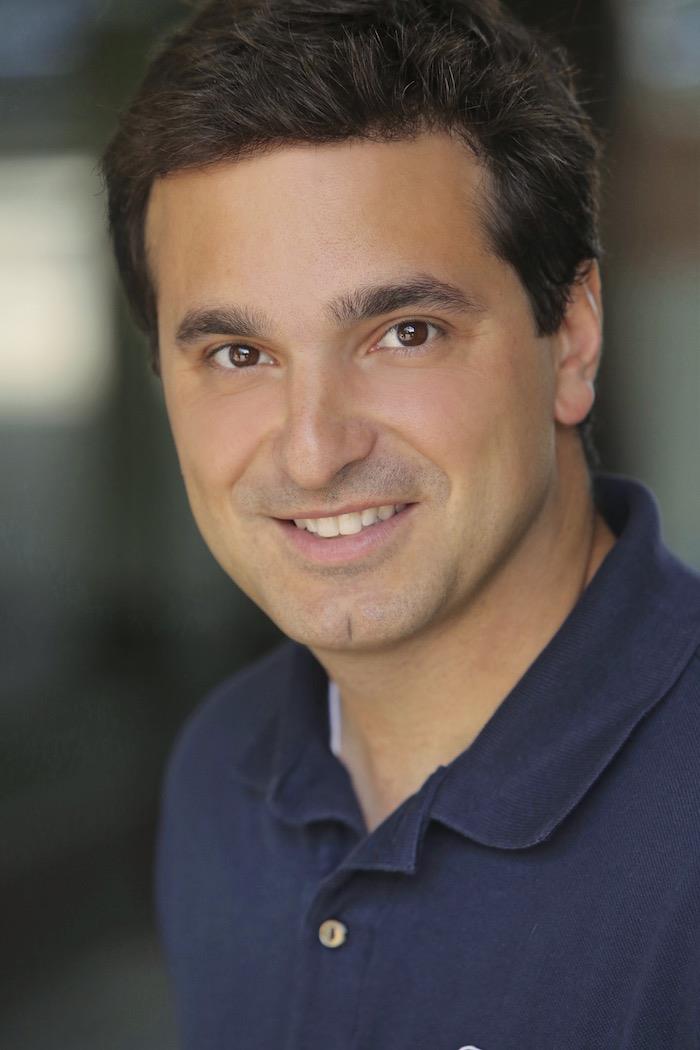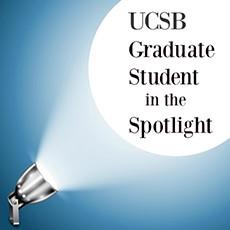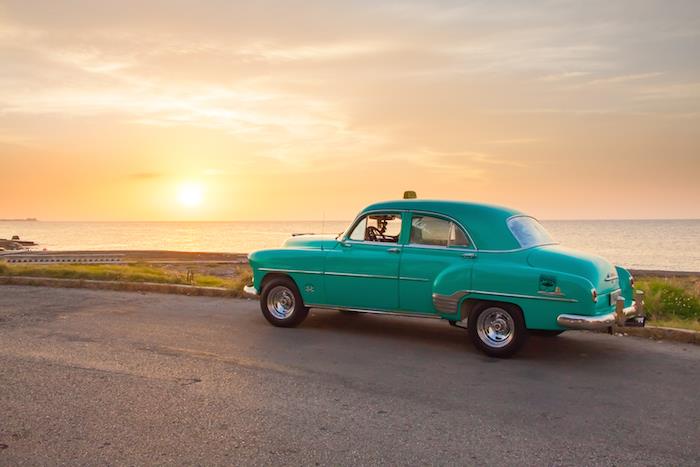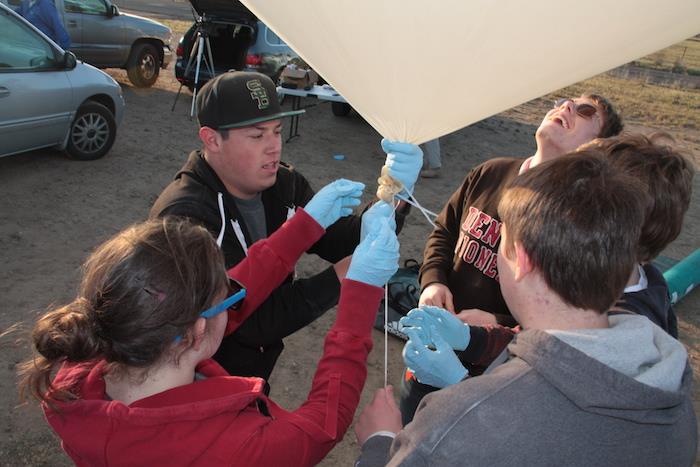Top Stories
Levi Maaia, a seventh-year doctoral student in Education, wants to "make" things happen. Levi grew up in East Providence, Rhode Island. He earned a B.S. in Film and Television from Boston University and an M.A. in Journalism from Emerson College.
 Levi Maaia, a seventh-year doctoral student in Education, wants to "make" things happen. Levi grew up in East Providence, Rhode Island. He earned a B.S. in Film and Television from Boston University and an M.A. in Journalism from Emerson College.
Levi Maaia, a seventh-year doctoral student in Education, wants to "make" things happen. Levi grew up in East Providence, Rhode Island. He earned a B.S. in Film and Television from Boston University and an M.A. in Journalism from Emerson College.
Levi's life changed while working at Full Channel, a family-owned broadband provider in Bristol County, R.I. He saw that many of the educational outreach initiatives by cable TV networks were not actually reaching classrooms. New media technologies were evolving faster than educators could integrate them into curricula.
While Levi felt that the link between media and education had always been tenuous at best, he thought there could be a better way to integrate them, and came to UC Santa Barbara to work on his ideas.
While chatting with Levi, I learned all about how the "maker" culture might be the answer, why the maker culture is alive and well in Cuba, and what advice he has for graduate students to get through a doctoral program more efficiently.
You recently went to Cuba as part of an educational research delegation. Tell me a little about what you were doing there and your impressions of Cuba.
I am really interested in Cuba's maker culture. People there have limited resources and  have to make do with what's on hand. You'll see a lawn mower made from the parts of a washing machine. Another person took a Soviet-era tractor engine and placed it into a '57 Chevy. The country is filled with examples of that type of ingenuity. It is an art form unto itself.
have to make do with what's on hand. You'll see a lawn mower made from the parts of a washing machine. Another person took a Soviet-era tractor engine and placed it into a '57 Chevy. The country is filled with examples of that type of ingenuity. It is an art form unto itself.
What does this have to do with your current research?
I am interested in the emerging maker culture and President Obama's initiatives to encourage maker education as a way to instigate a new generation of design and manufacturing in America. Specifically, I am looking at what a maker-based high school course looks like and how students and teachers prepare for and interact during such a program.
Can you explain more about the maker culture and what this type of education would look like?
Maker cultures and do-it-yourself movements encourage informal affiliations of people who work on projects out of their garages, basements, and backyards: computer clubs to microbreweries to builders of specialized composting machines and 3-D printers. You come up with an idea that you want to realize and then you find the materials, skills, and community to help you do it.
In the fourth grade, I participated in the Invent America program. There you had to come up with a problem and then design and build a device that solved that problem. I created an automatic fish feeder and came in second place. Another kid came up with the idea of shoes with sole zippers, so you could easily replace the soles.
In K-12, maker-based education is about getting kids thinking about problems and empowering them to build solutions. I'd like to see at least part of the school day break from the traditional structure and let students be free to explore. I want to move away from only replicating expected results and afford students with the opportunity to discover the unexpected.
Who would you say has been one of your main influences?
I have many, but at the moment I'm really intrigued by Steve Wozniak. He had the ingenious idea to design and to build a computer that was accessible to consumers. In the years prior to his design, computers were only available to people working at huge corporations and institutions. When I was I kid I used an Apple II computer that was designed by "Woz." It was my earliest exposure to electronics and computing.

What advice do you have for incoming grad students?
Find ways to have your work, research, and projects build on one another. I ended up spinning my wheels for a long time. You should think early on about how to create a system or path for yourself. Have your internship lead to your master's project, which will help you with your dissertation. If you can find a way to plan efficiently, everything can be a building block for the next part.
What do you do enjoy doing when you're not innovating education?
I enjoy traveling, exploring, and communicating. I like to understand where I am and the landscape and the people around me. Maps, charts, and geography fascinate me. Wherever I go, I try to orient myself. Growing up in the Ocean State, I learned to sail and I enjoy being on or near the ocean.
